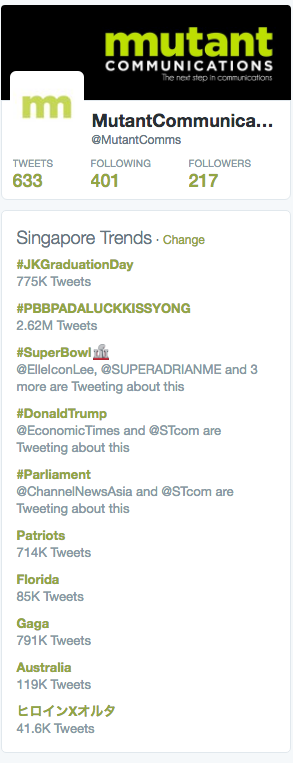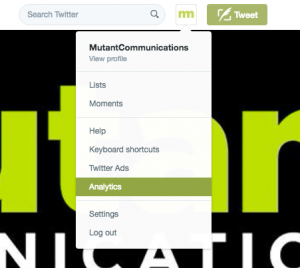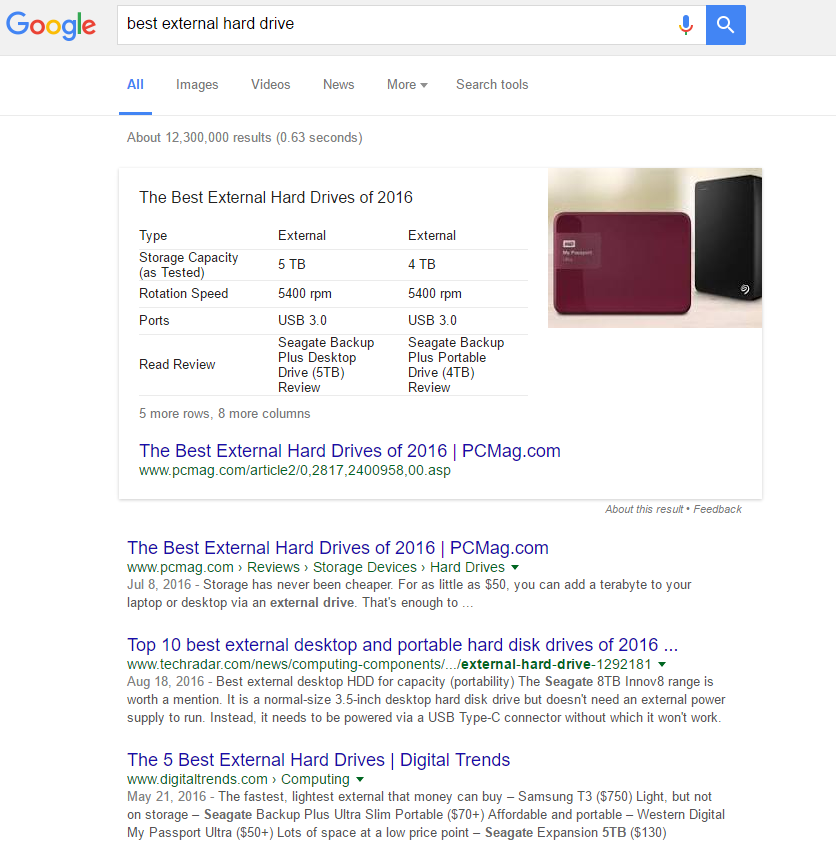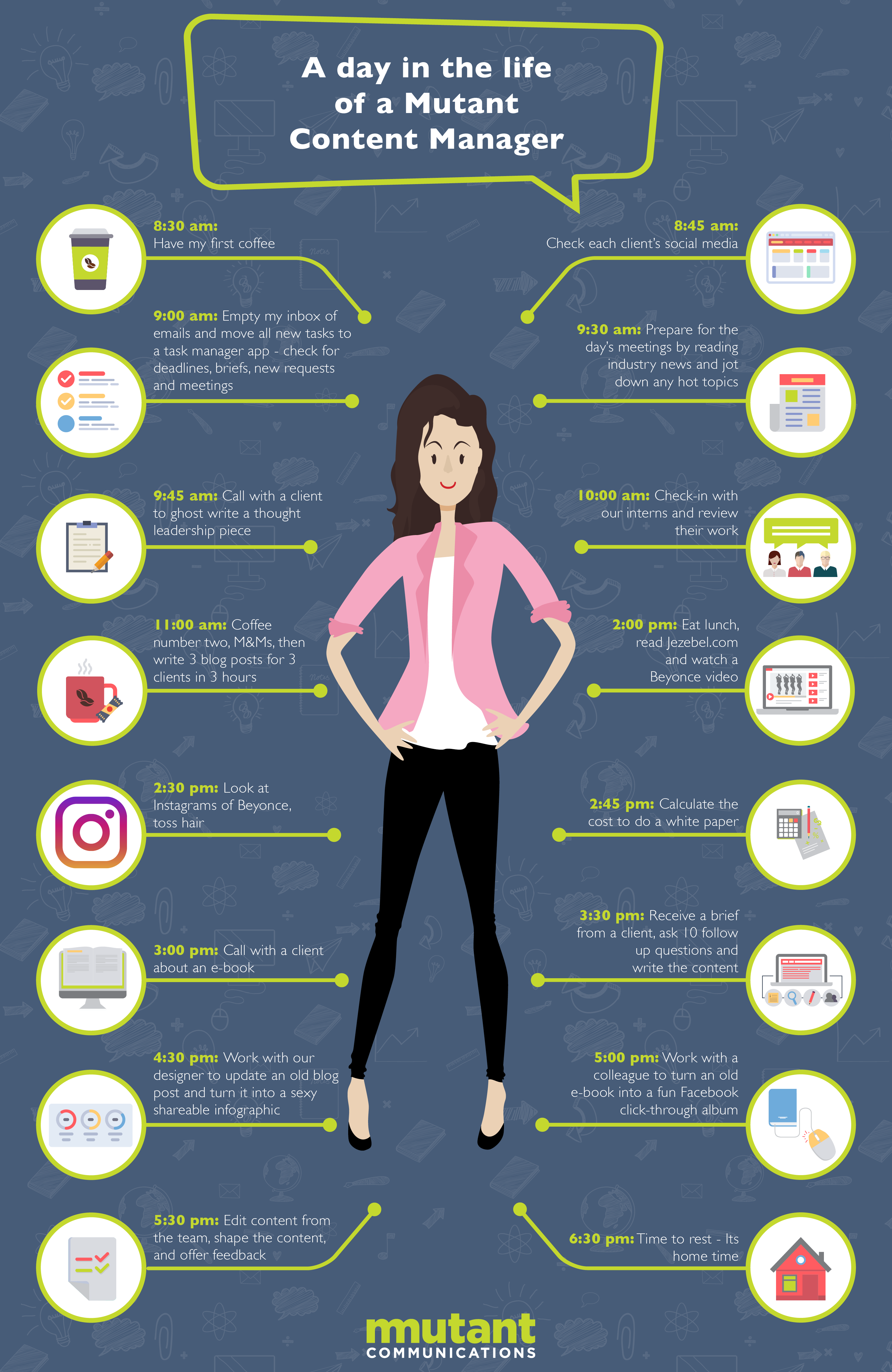One Academy Award, 14 Oscar nominations, and once considered the most powerful man in Hollywood – Warren Beatty is now going to be remembered as the guy who read out the wrong name.
Things went downhill soon after the cast of LaLa Land went on stage to receive the coveted Best Picture award. Even as one of the producers was speaking, viewers at home saw someone run across the stage holding an envelope. It was quickly announced that it’d been a mistake, and that Moonlight was the actual winner of the prestigious award. The live audience collectively held its breath the entire time. But no matter how many times you watch the blunder, it doesn’t get any easier watching poor Beatty trying to explain it away.
But, mistakes happen. And marketers operating in real-time know this better than anyone else. We’re breaking down the mistakes and lessons to be learnt from this train-wreck.
Mistake #1: Driving yourself crazy with self-editing
Of course, checking what you have written is a good habit to get into, but do you really need to spend hours self-editing content that already took you hours to write? When it comes to content marketing, practice makes perfect. Yes, editing is crucial, but it should only take you a few minutes. Constantly reviewing something is a recipe for disaster, at least in the same day. When the writing is still fresh, your mind will automatically make up the gaps in your copy and your editing will be subpar. Instead, put it away and come back to it another day — or at least several hours later.
Mistake #2: It isn’t relevant
You take the time to write a content piece, possibly spend longer than you should editing and build a landing page, then there’s one thing that kills it- it’s irrelevant. And we all know that irrelevant content doesn’t drive engagement. The answer to this is simple – sit down and do your homework. Make your content is easy to read and digest. The goal is to leave your readers hungry for more.
Mistake #3: You’re too jumbled up in SEO
If you are clogging your content with back links and unnecessary keywords, your just making life harder for yourself, and your readers. Remember to write for people first, and search engines second. This way, it makes your content more readable and sharable.
Mistake #4: Your focus is quantity over quality
The biggest secret to content marketing is just that, the content. Producing blogs posts to fill that promised KPI isn’t going to bring much value. One of the biggest mistakes made is wasting precious time and resources creating content that is not attracting your target audience. Delve into the mind of your audience. Who are they? What do they need help with? And craft content to solve their problems. This is a lot more valuable than the rat race of getting a blog out before your neighbour just for the sake of it. Put more focus on creating and promoting quality content that’s fit for purpose.
Mistake #5: You’re selling too hard
Golden rule#1: content marketing is not created for hard selling. You create to educate, inspire, engage and build your brand. Not to receive immediate acquisition. Of course, gaining business is an important goal, but it shouldn’t be obvious to customers. These days everyone does their homework online before purchasing. That’s why it’s important to provide relevant information, answer consumer questions, solve problems and offer alternative perspectives. Because if you don’t, someone else will.
Mistakes happen to the best of us – it what makes us human. Here’s hoping that LaLa Land Producer, Jordan Horowitz, and Moonlight’s Director Barry Jenkins can see it in the same light.
If you need help crafting a killer content marketing strategy, drop us a note at [email protected]











